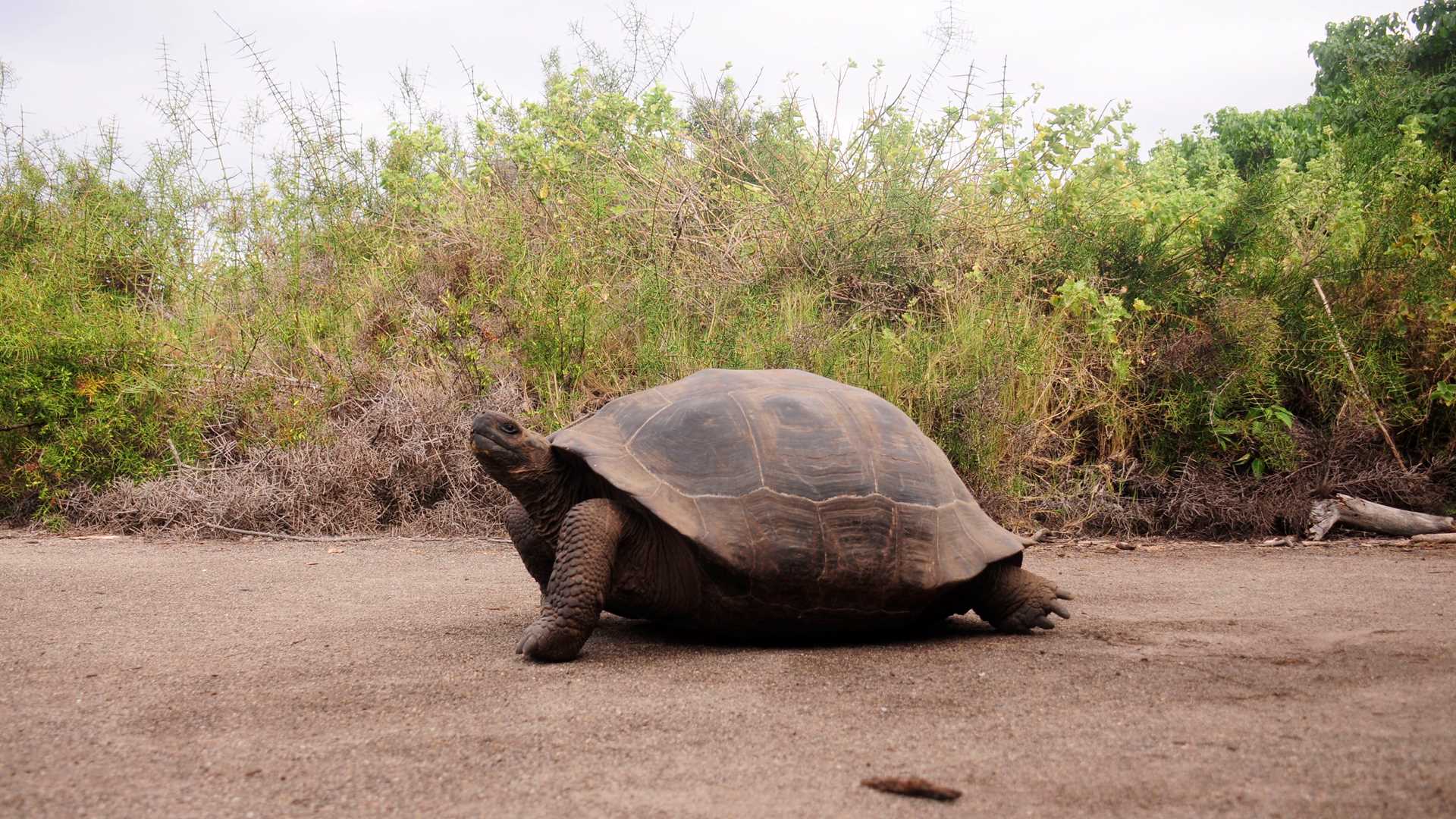We spent the whole day at Isabela Island, located in the western part of the archipelago. In the morning, we went out for a hike at Urbina Bay. This visitor site is of recent formation. The upheaval just occurred in 1954, and the place thrives with wildlife. It is home for several species of Darwin’s finches, the Galapagos hawk, and Galapagos land iguanas. Sometimes, Alcedo giant tortoises visit this site, too. The tortoises were numerous this morning, and it was a delight to see them walking along the trails. In the afternoon, we visited the historical site Tagus Cove. Once a place to drop anchor and look for water and food, it is now a great place to kayak and paddleboard. It was fantastic, and we enjoyed every minute. The highlight was to be so close to a huge manta ray. Snorkelers were able to enjoy that, too, and we finished the day with an invigorating hike to the top of the cone and a great Zodiac ride to observe Galapagos penguins! What a fantastic day!
6/13/2025
Read
National Geographic Endeavour II
Genovesa Island
We started the day with excitement as we landed on the beautiful, pristine coast of Isla Genovesa - a true birder’s dream. Along the sandy beaches and steep cliffs of Darwin Bay, we were surrounded by an incredible array of birdlife. Frigatebirds soared closely overhead with their red pouches on full display, while Nazca and blue-footed boobies nested along the rocky ledges. Swallow-tailed gulls called out as we walked past. In the distance, we saw the stoic and elusive short-eared owl. The island was alive with color, sound, and constant movement. Between our excursions to Isla Genovesa, we snorkeled near Prince Philip’s Steps and discovered a vibrant world beneath the waves. Schools of fish swirled around us, a fur seal turned in the water as if dancing on cue, and sea lions relaxed nearby. As our last snorkeling adventure came to a close, we spotted a sea turtle resting calmly in a crevice. As the sun retreated into the sky on our last return to National Geographic Endeavor II, we reflected on the sheer magnitude of what we witnessed on our last full day. Isla Genovesa, like the other islands, gave us a connection to a sacred world. The harmony between land, sea, and sky reminded us how deeply interconnected, vital, and fragile these ecosystems are. Watching birds tend to their nests and marine life swim effortlessly, we were struck by how little space there is between wonder and reverence. We recognized that our journey wasn’t just about observing unique wildlife, it was about feeling part of something grander and beautifully ancient.







